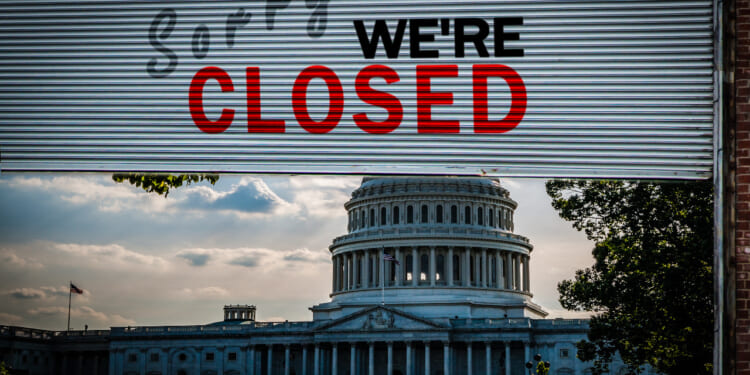Watt’s Happening aims to provide breaking news, sharp analysis, and thoughtful commentary from the cutting edge of the energy sector as this dynamic area of the world continues to expand and grow before our eyes.
Weekly Highlights:
Green Energy Cuts Target Both Red and Blue States
While President Trump is trying to use federal cuts to green energy grants to blue states as a pawn to get Democrats to come to the table and end the government shutdown, the effects of the $8 billion reduction have not left red states unscathed. Indeed, according to a study by Verite News, fifteen of the canceled grants were scheduled to have an impact — such as carbon capture and improvements in the power grid — in states that voted for Trump in 2024. Nor is the electrical grid as piecemeal as the cuts seem to suggest. What happens in one state will inevitably spill over and affect others.
Governor Newsom Vetoes Several Energy Bills
While the California State Legislature passed three new laws aiming to augment the state’s virtual power plants and reduce the state’s high energy costs (twice the national average, in fact), all three bills went down to the governor’s veto. The three bills each proposed, in different ways, expanding the use of smart thermostats, solar panels, and other green initiatives, potentially reducing the power and profits of the state’s three major utility companies. Even so, the governor stated that the reason for the vetoes was that the three bills would interfere with the ability of state regulators to use green technology to continue moving California into the realm of green energy.
The Sun Is Shining Again in California
The good news, though, is that the technology involved in solar power (and solar-adjacent technology like batteries) is continuing to improve. Indeed, it has improved so much in California that, in the first half of 2025, solar power provided more energy to the state (39 percent) than did fossil fuels (26 percent). A large part of the credit for this must be given to improved battery technology, which enables the energy generated by solar power to be used in the evenings and even at night. This is a sharp divergence from the nation as a whole, where gas predominates, coal is weakening, nuclear and other renewables are rising (currently around 20 percent), and solar power is very low.
A New England Coal Plant Closes, But Coal Lives On
I’ve been talking a lot about how the Trump administration is doing what it can to keep coal plants open under the guise of “national security” reasons, but one coal plant in New Hampshire has closed three years ahead of schedule. While the plant site is due to be transformed into a clean energy complex with batteries and solar panels, the scales have tipped again towards coal, as the Trump administration has opened up more and more federal land to coal mining and has granted millions of dollars in investments to expand the technology in existing coal power plants.
Renewables Triumph Over Coal, But Not Everywhere
In other places around the globe, however, coal is clearly on the defensive. The global energy think tank Ember has reported that, on a global scale, renewable energy has overtaken coal as the world’s leading source of electricity. That’s the good news, especially the fact that China and developing countries have accounted for the lion’s share of this transition. The bad news is that richer nations, including the United States and the European Union, are increasingly finding themselves relying on fossil fuels — albeit for different reasons. Ember reports that the demand for energy grew faster than renewable energy in the United States, while wind and solar power underperformed in the EU.
About the Author: Toni Mikec
Toni Mikec is the managing editor for Energy World, a publication of the Center for the National Interest. Before that, he worked as a political consultant for Your Voter Guide in Sacramento and as a senior editor at Eagle Financial Publications in Washington DC. He holds a B.A. in International Relations (summa cum laude) from the University of California, Davis and a M.A. in International Relations and International Economics from the Johns Hopkins School of Advanced International Studies.
Image: Shutterstock/Ivan Marc


















